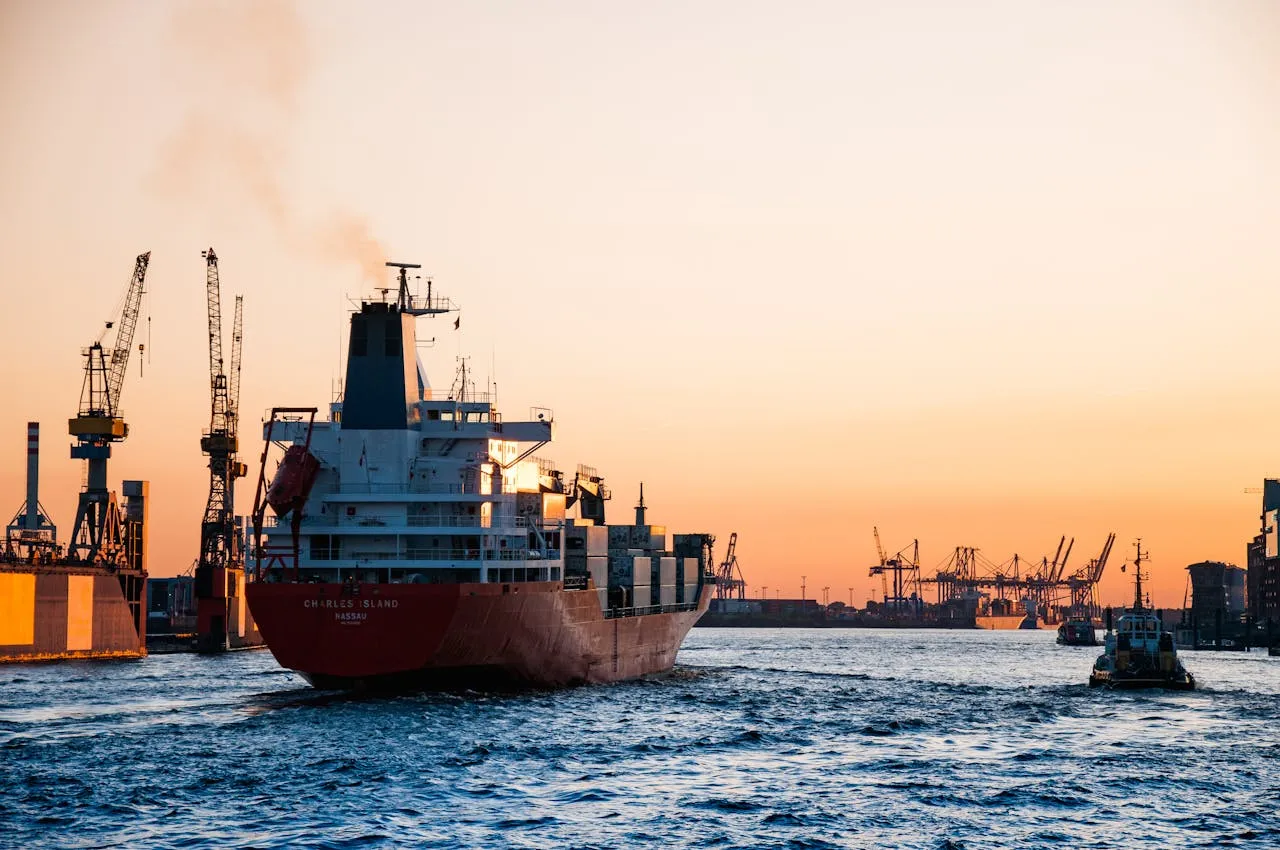
Industry Overview: A Sector at the Heart of Global Commerce
The global Long Distance General Freight Trucking Market continues to demonstrate strong momentum, supported by the steady expansion of international trade flows, the rapid acceleration of e-commerce, and robust industrial growth across advanced and emerging economies. As a vital component of modern logistics networks, long-distance trucking plays a critical role in enabling the movement of goods across vast geographical regions—connecting suppliers, manufacturers, retailers, and end consumers.
This segment of the trucking industry serves a broad customer base across multiple sectors including retail, consumer goods, industrial manufacturing, pharmaceuticals, food and beverages, construction, and healthcare logistics. The need to ensure consistent delivery timelines and maintain supply chain reliability has intensified demand for trucking services that can meet the expectations of today’s integrated global economy.
The Role of Trade Agreements in Shaping Market Demand
International and regional trade agreements continue to significantly shape the freight trucking sector. As trade corridors become more open and interconnected through frameworks such as the United States–Mexico–Canada Agreement (USMCA), the European Union’s trade policies, and the Regional Comprehensive Economic Partnership (RCEP) in the Asia-Pacific region, long-distance trucking networks are experiencing greater demand.
These agreements have lowered trade barriers, improved customs coordination, and enhanced the movement of goods across borders, directly stimulating the need for freight transportation. Logistics providers are responding by expanding fleet capacity, improving load efficiency, and optimizing route networks to accommodate the surge in trade volumes.
E-Commerce: A Major Catalyst for Market Transformation
Few factors have reshaped the trucking industry as profoundly as the global rise of e-commerce. The shift toward online shopping has elevated consumer expectations for faster and more reliable order fulfillment, prompting logistics companies to invest heavily in digital solutions and operational upgrades.
To meet the requirements of time-sensitive, high-volume deliveries, trucking operators are increasingly adopting technologies such as:
- Route optimization algorithms
- Real-time shipment tracking systems
- IoT-enabled fleet management platforms
- Warehouse automation and digital dispatch tools
These technologies enable companies to reduce transit times, minimize empty miles, improve fuel efficiency, and maximize asset utilization. E-commerce-driven demand is expected to remain a major growth driver through 2030.
Sustainability and Environmental Regulations
Sustainability has become a central priority for trucking companies, especially in regions like North America and Europe, where environmental regulations and carbon reduction commitments are driving significant industry changes. To reduce emissions and comply with regulatory mandates, companies are investing in:
- Electric and hybrid trucks
- Alternative fuel technologies such as LNG, hydrogen, and biofuels
- Low-emission logistics hubs
- Energy-efficient route planning
These efforts not only support compliance but also appeal to shippers and customers seeking greener supply chain partners. Over the long term, sustainability initiatives are expected to reshape fleet composition and operational practices across the trucking sector.
Emerging Market Momentum: Asia-Pacific and Latin America
The Asia-Pacific and Latin American regions continue to experience rapid growth, driven by industrial expansion, rising consumer demand, and improved logistics infrastructure. Government investments in highway modernization, freight corridors, and logistics parks are strengthening long-distance trucking networks.
- China and India are seeing heightened freight demand due to growing manufacturing output and expanding urban markets.
- Brazil and Mexico are leveraging improved trade agreements with North America and Asia to strengthen their freight transportation capacities.
Nonetheless, these markets also face challenges including driver shortages, fragmented regulations, infrastructure gaps, and volatile fuel prices. To overcome these obstacles, companies are pursuing strategic partnerships, cross-border collaborations, and pilot projects involving autonomous trucking technologies.
Consolidation and Competitive Strategies
The global trucking market is undergoing consolidation as larger companies acquire smaller operators to expand regional coverage, enhance service offerings, and build economies of scale. The consolidation trend supports:
- More efficient logistics networks
- Cost optimization
- Simplified regulatory compliance
- Enhanced customer service capabilities
Additionally, companies are diversifying their service portfolios with specialized offerings such as temperature-controlled freight, which is increasingly in demand for pharmaceuticals, biologics, and perishable goods.
Long-Term Outlook: Technology, Automation, and Infrastructure
The market’s future growth trajectory will be shaped by further advancements in automation, improvements in road infrastructure, and global initiatives aimed at achieving cleaner, more resilient supply chains. Autonomous trucking technologies, in particular, hold promise for reducing long-term operating costs and addressing workforce shortages—though widespread adoption remains several years away.
Overall, the long-distance general freight trucking market is expected to maintain its growth path, supported by sustained trade activity, technological innovation, and strategic investments across global markets.
Market Structure and Analytical Framework
Market Dynamics
The report includes a complete impact assessment of the major market dynamics influencing long-distance trucking, including:
- Drivers – trade growth, e-commerce expansion, technology adoption
- Restraints – driver shortages, fuel price volatility, regulatory pressure
- Trends – sustainability, automation, consolidation
Industry Ecosystem Analysis
A holistic overview of the trucking ecosystem highlights policy frameworks, infrastructure dependencies, technology providers, and relationships with shippers and logistics integrators.
Porter’s Five Forces and Competitive Positioning
Porter’s analysis outlines competitive pressures including supplier power, buyer power, industry rivalry, threat of new entrants, and technological disruptions.
The Competitive Positioning section provides:
- Company service-type maps
- Market Position Matrix
- Market share analysis
The report includes detailed profiles of leading companies:
- United Parcel Service (UPS)
- FedEx Corporation
- XPO, Inc.
- Old Dominion Freight Line
- Landstar System, Inc.
- J.B. Hunt Transport Services, Inc.
- Schneider National, Inc.
- Werner Enterprises, Inc.
- Ryder System, Inc.
- Knight-Swift Transportation Inc.
Each profile includes operational insights, service offerings, strategic focus areas, and market share evaluations.
Source link: https://www.businesswire.com

